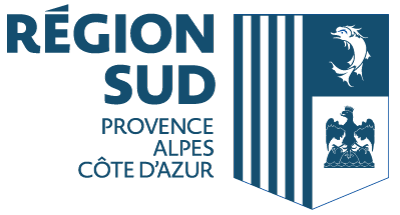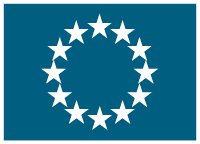Integrated management systems of the Petrignano area : new models against the nitrates pollution
(Petrignano)
Date du début: 15 sept. 2001,
Date de fin: 15 sept. 2005
PROJET
TERMINÉ
Background
Alluvial aquifers are extremely vulnerable to nitrate pollution, mainly because of their very high permeability and low protection from soil and unsaturated zones. Moreover, human, especially agricultural activity, takes a high toll on alluvial aquifers.
The case study zone in the Umbra Valley also includes wells for potable use that modify the groundwater hydrodynamic pattern into a convergent radial flow, thus increasing nitrate pollution.
At a European level, the quality of water resources is one of the target sectors of the European Community's Sixth Environment Action Programme. In fact, the programme aims to achieve levels of water quality that do not give rise to unacceptable impacts on, and risks to, human health and the environment and to ensure the rates of extraction from our water resources are sustainable over the long term.
Objectives
This project sought to introduce a new participatory approach in resource management and agricultural production, deemed to be the principal cause of pollution. Action programmes were to support efforts being pursued in this area such as agro-environmental measures and diffusion of organic agriculture. The objective was to move away from remedies, with massive purifying treatment, to strictly preventive action. This would be achieved through the promotion of Low Environmental Impact agricultural systems and production lines in compliance with EU Directive 91/676 and with national law.
The principal objectives were the reduction of nitrates in the soil system, a partial agricultural crop re-conversion, the evaluation of monitoring results of nitrates in sub-soils, the application and diffusion of fertilisation plans and good agricultural practice, the distribution of Low Environmental Impact products to be labelled and promoted by the project, and a process manual describing the models adopted and their evaluation.
A key methodology was based on major stakeholder involvement and assessment. This was mostly effectuated by promoting co-operation and synergy between regional institutions, and by regrouping into a single action all the different sectors and area operators involved in agriculture and the environment.
Results
The main purpose of introducing a new approach to agriculture management has been clearly achieved. The project stressed the introduction of agronomic techniques with low environmental impact, in particular concerning nitrates leaching. Very good results were achieved by applying a bottom-up approach in resource management and agricultural production aimed at involving local formers through their associations. Eighteen showcase fields were established on 163 hectares over four years and the soil nitrate content was regularly monitored through specific instruments and water analysis.
An intensive nitrate monitoring system based on soil and groundwater control supported the technical approach. The project carried out more than 1,400 water tests over four years keeping under control the development of nitrates at both levels. The results of the field activities and nitrates monitoring were considered in the strategic formulation of regional policy as to water preservation and the widespread application of nitrogen balance for crop fertilization.
At the same time the project developed a specific information and awareness strategy in order to contact and involve the highest possible number of farmers in the area. The project organized farm visits, seminars, technical meetings and periodic regional, national and international conferences. The project also produced leaflets, technical books and CD-ROM/DVD concerning the technical approach to be followed in vulnerable areas in Umbria Region.
The project actively participated to the formulation of a regional Action Plan for nitrates vulnerable zones introducing measures to tackle groundwater from nitrates pollution that will influence agricultural activities in 77,000 hectares at regional level. At the same time the project cooperated to the formulation of the Regional water preservation plan for approval in 2006.
Due to the complexity of the environmental issue at stake, a number of anticipated results proved either not to be fully under the control of the project activities or required a longer period of activity than foreseen. Further results are, however, expected in the future.




